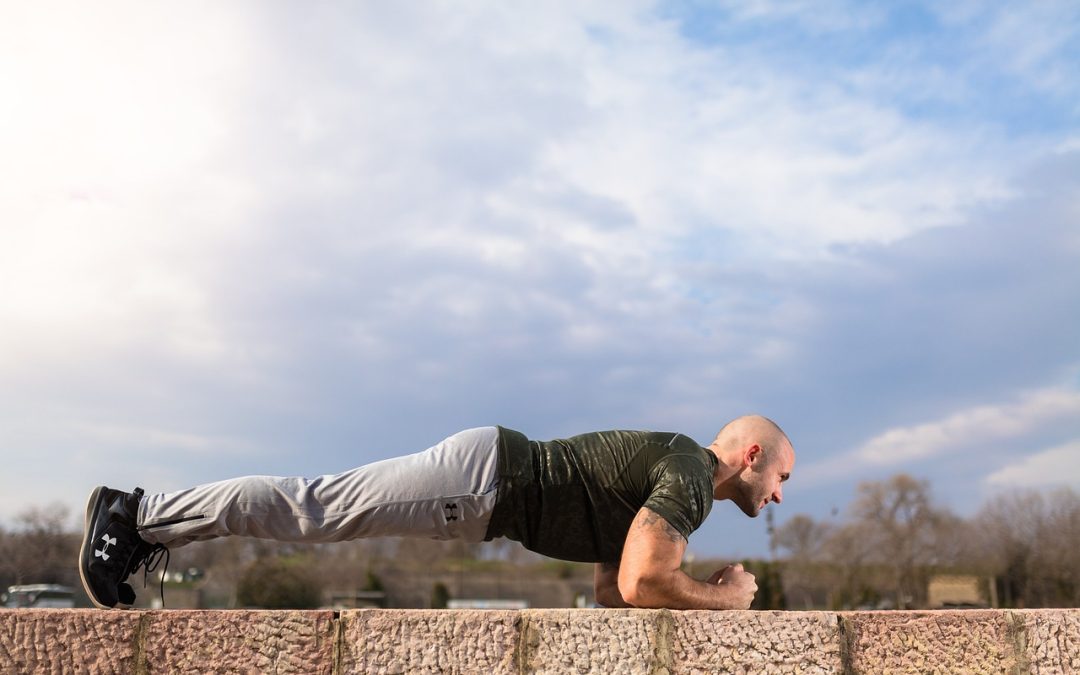When People hear the word core, what do most people associate it with? Well, the answer is the abdominals or the Abs for short. What most people don’t realise is that the core is made up of 4 predominant muscle groups: the Rectus Abdominals, the Internal and External Obliques and the Transverse Abdominals. These muscles all make up what we call the core muscles and vaguely grouped together as ‘The Abdominals’.
For movement, balance and to protect our internal organs these four muscle groups need to work together to stabilize the spine and the pelvis before any movement occurs. Not only this but each of these muscle groups also aids in specific functions of the body which help us in our day-to-day life.
What are these muscles groups and what are their functions?
Internal Obliques- The internal obliques spread from the lower ribs down to the pelvis, located on the sides of our trunk (mid-section) and are one of the inner most muscles of our body. These muscles help flex the trunk and assist in forced expiration of air out of our lungs by pulling down and depressing the lower ribs.
Transversus Abdominals- also one of the most internal muscle groups. Is a sheet of muscle that wraps around the front of our abdomen stretching from the lower ribs to the pelvis. Similarly, to all the other core muscles, aids in protecting internal organs but also stabilising the spine and pelvis before any movement occurs.
External Obliques- located on the sides of the trunk and sitting on top of the internal obliques. Depending on the type of contraction these muscles can aid in flexion and rotation of the torso. Also useful in processes such as breathing and singing by maintaining intra-abdominal pressure.
Rectus Abdominals – A strip of muscle that stretches from ribs to pubic bone at front of pelvis, in some individuals when contracted characteristic bumps commonly called ‘The six pack’ would appear. This muscle group helps flex the trunk as well as stabilizing the spine and pelvis.
So, it is not just the muscles in our back that we need to keep strong to support our spine. Back pain can also be associated with having a weak core. Think of the 4 key muscle groups like a corset around your mid-section, protecting your organs and stabilising your spine and pelvis. The stronger they are the more protection you have. All of these 4 muscles work together helping us to have better posture, prevent injury, to be able to lift efficiently, to have good balance and to reduce or prevent back pain. So next time you are told to that you need to strengthen your core you know that it’s 4 muscles that you need to exercise.
When these core muscles are weak, this can predispose an individual to aches and pain associated with lower back pain. If left this can lead to ongoing problems. If you are experiencing any of these symptoms and you find the pain debilitating, interfering with life. You’re becoming frustrated and impatient as the pain continues to worsen, osteopathy can be effective in managing this.
Osteopathy can help to restore strength in the muscle and improve mobility. Specific exercises and stretches can help to improve the function of the affected muscles and reduce the risk of falls or other complications. Treatments can be beneficial towards treating any pains associated with a weak core such as soft tissue massage, mobilizations, and other modalities. These treatments can help to reduce pain, inflammation, improve circulation and promote the body’s natural healing response.

